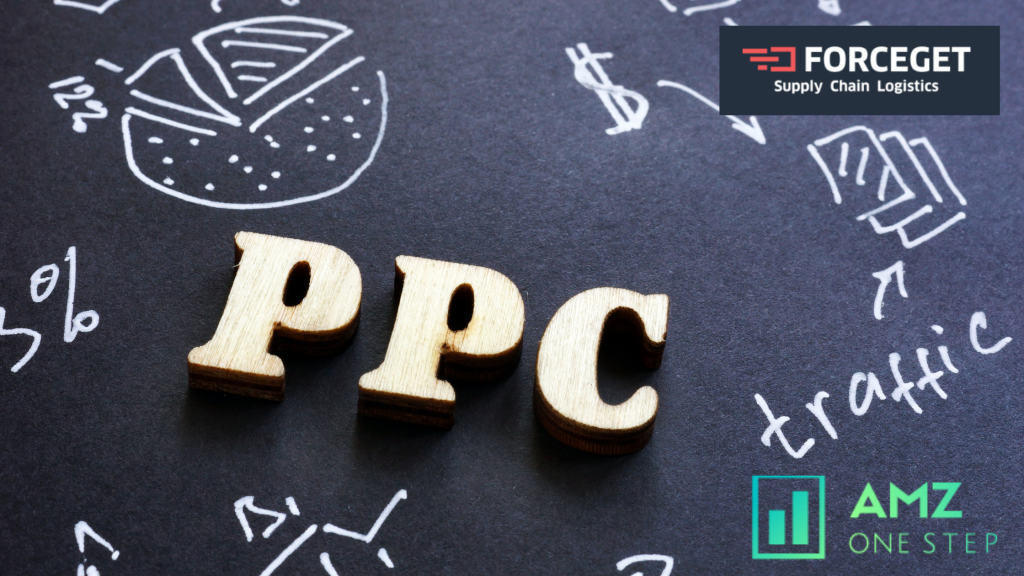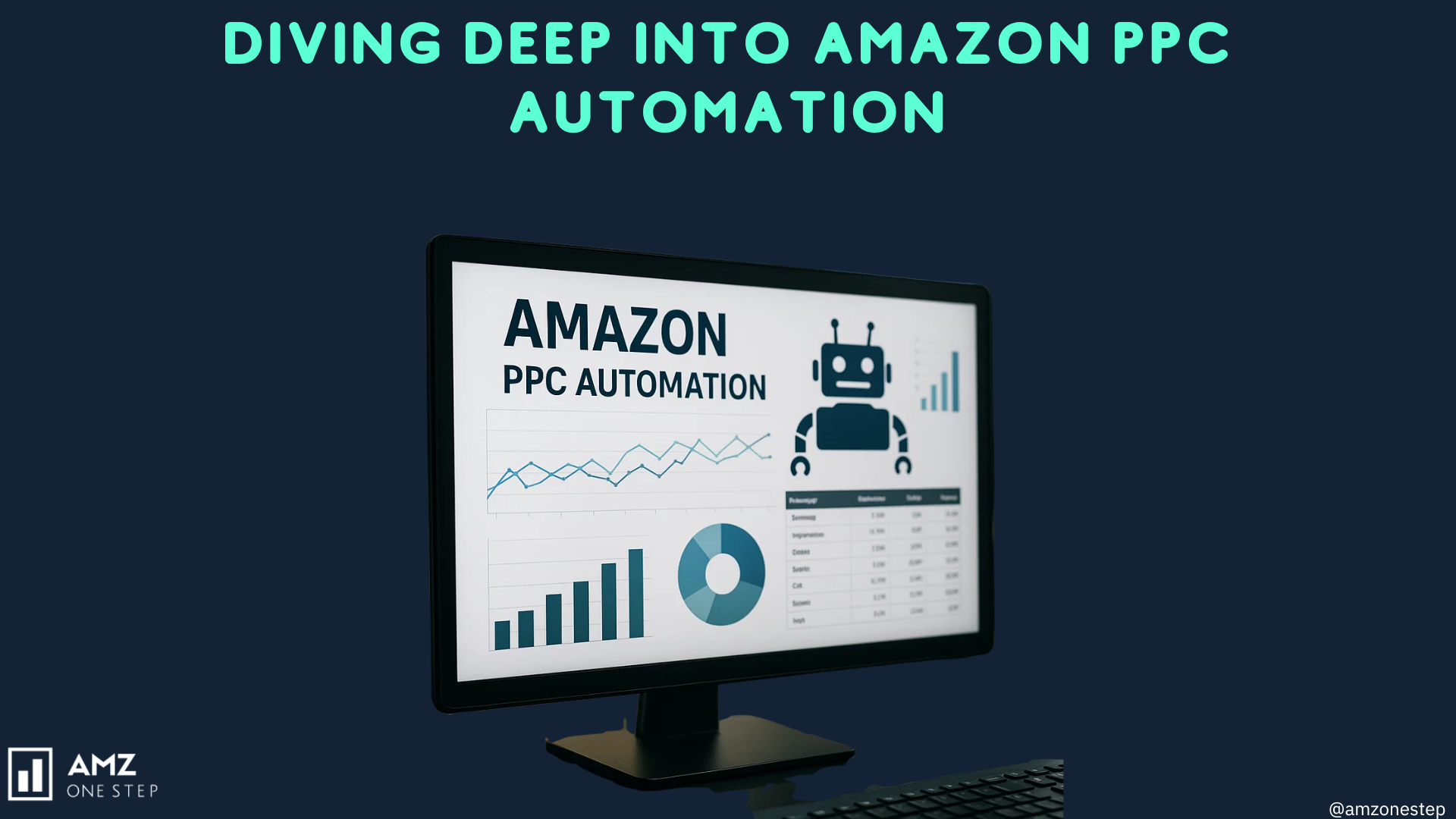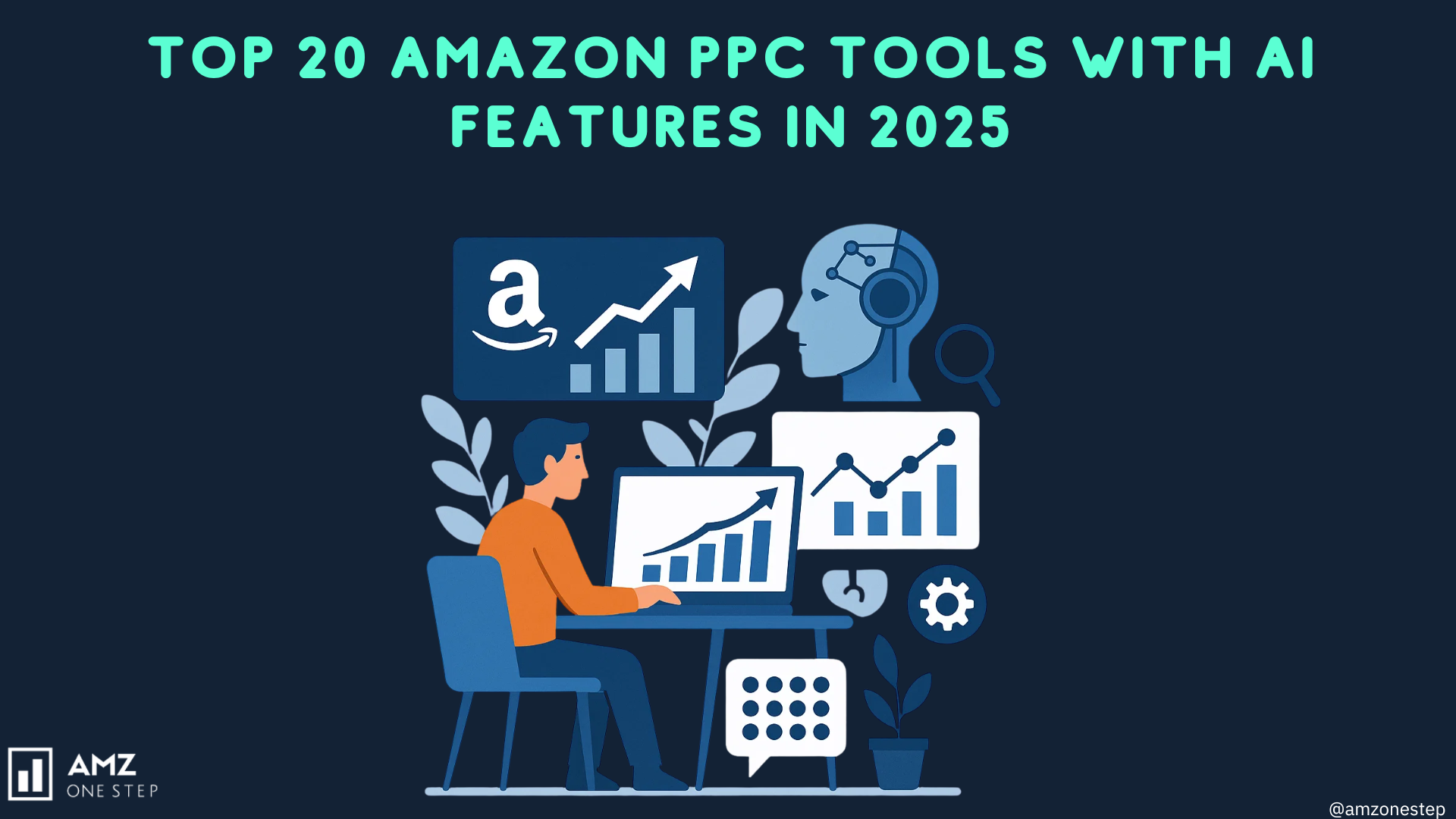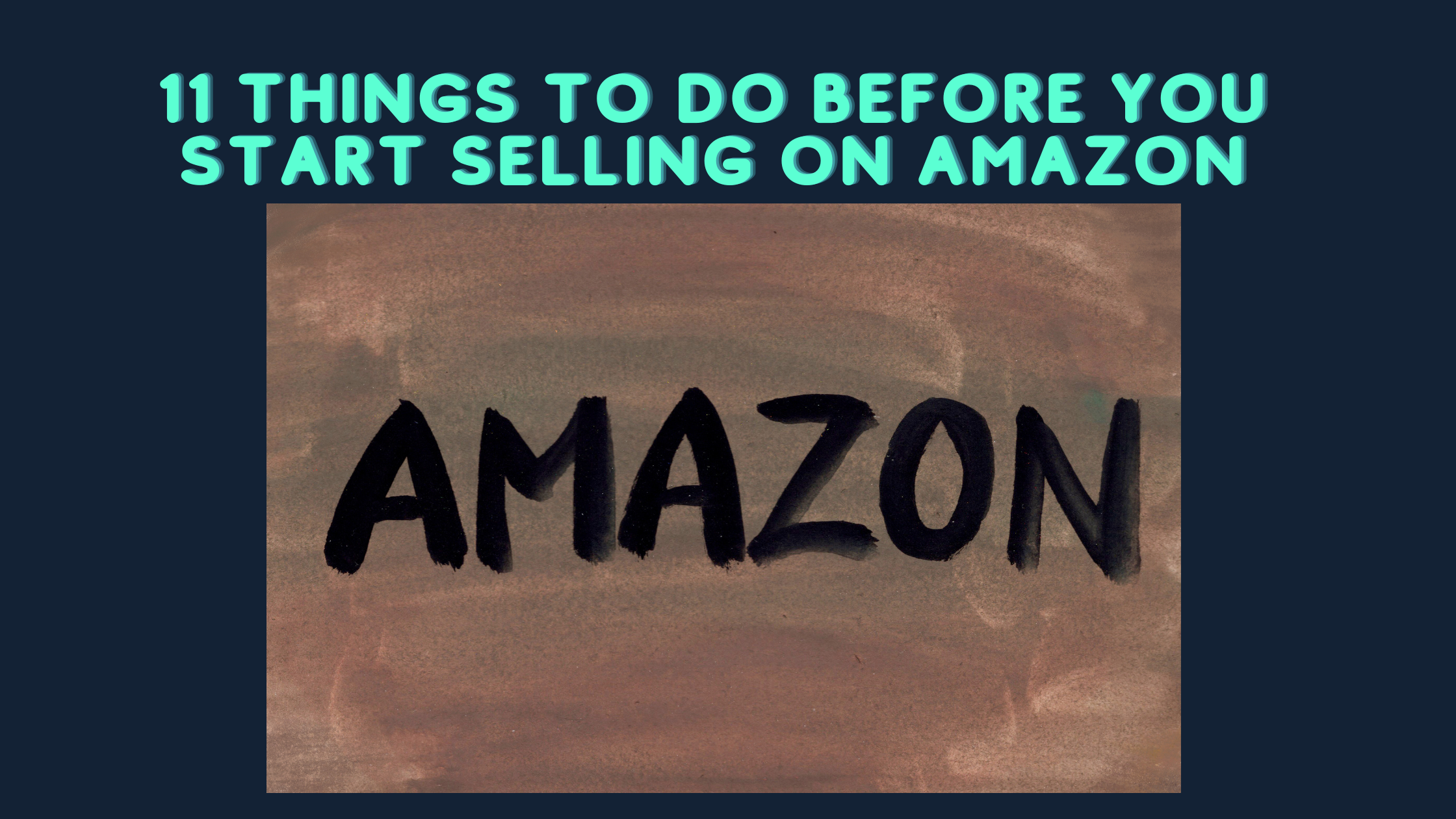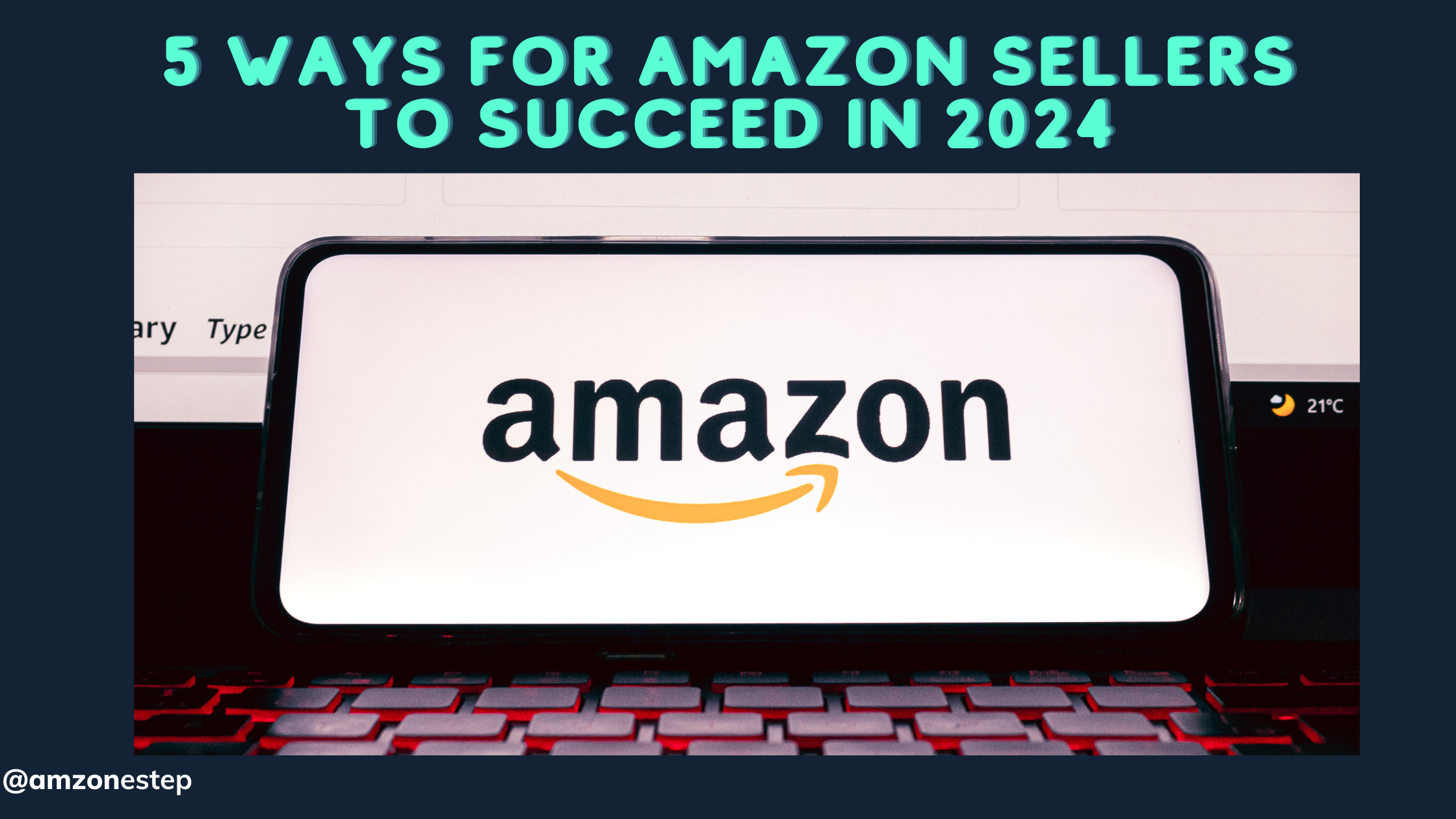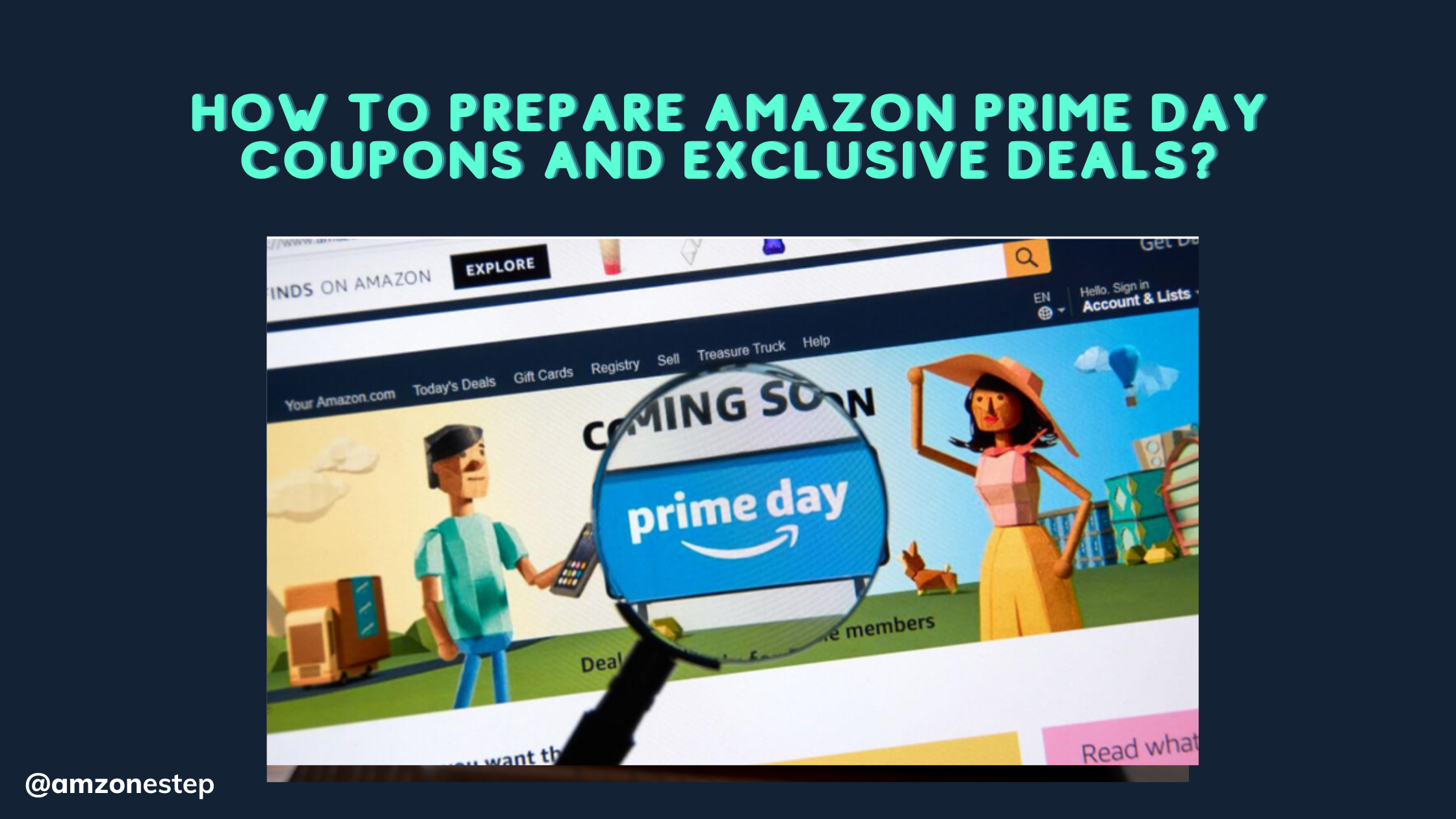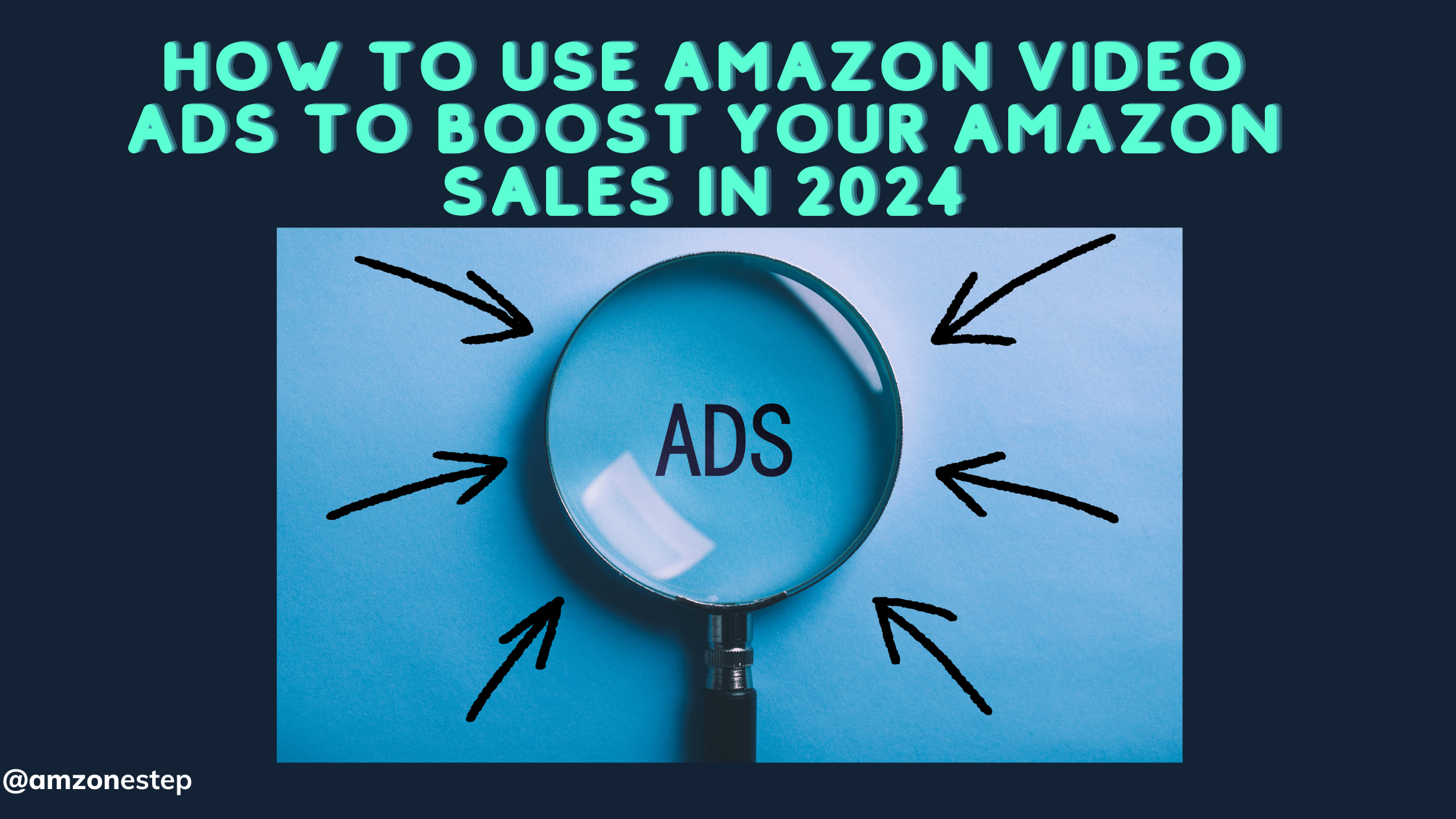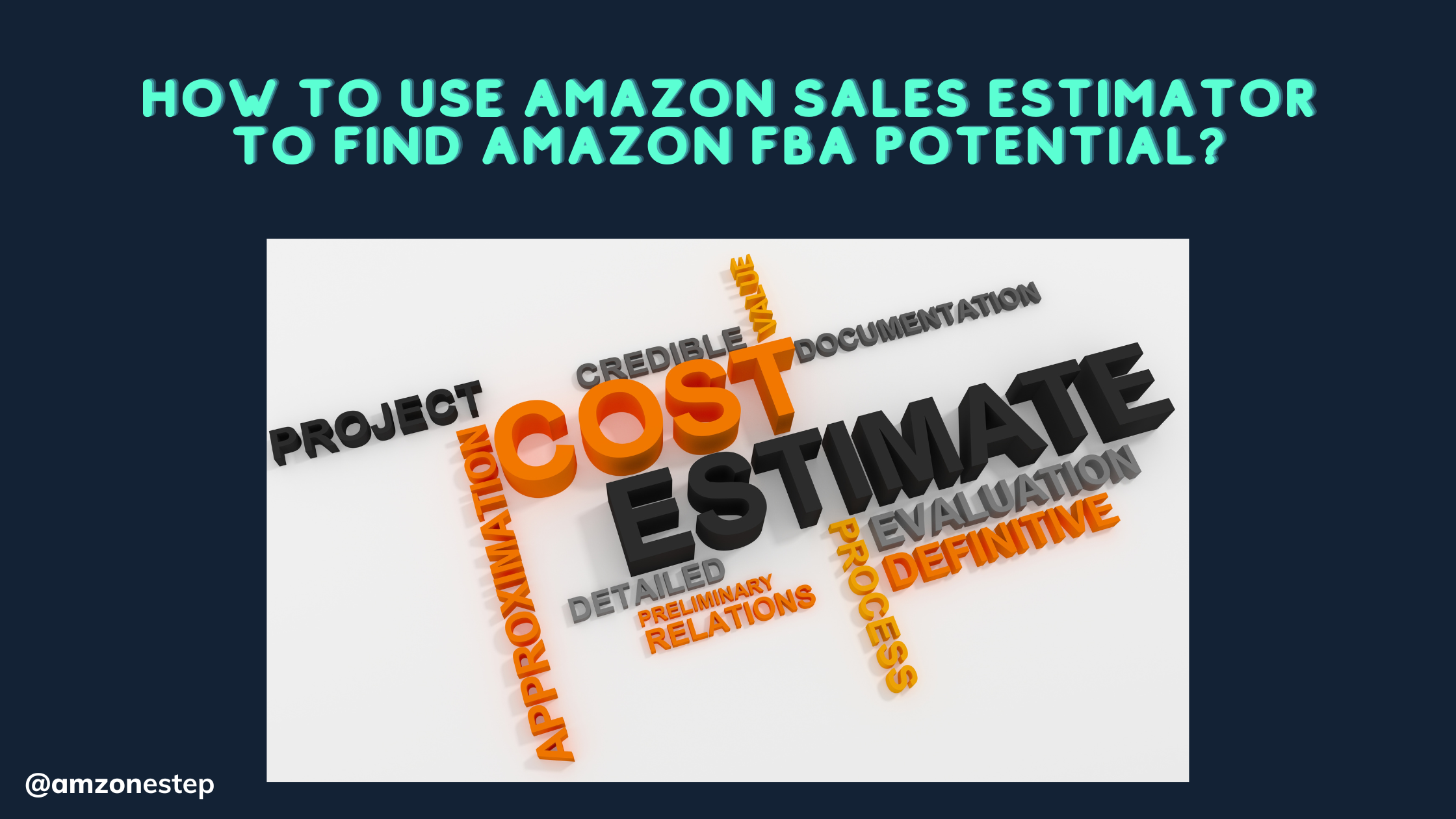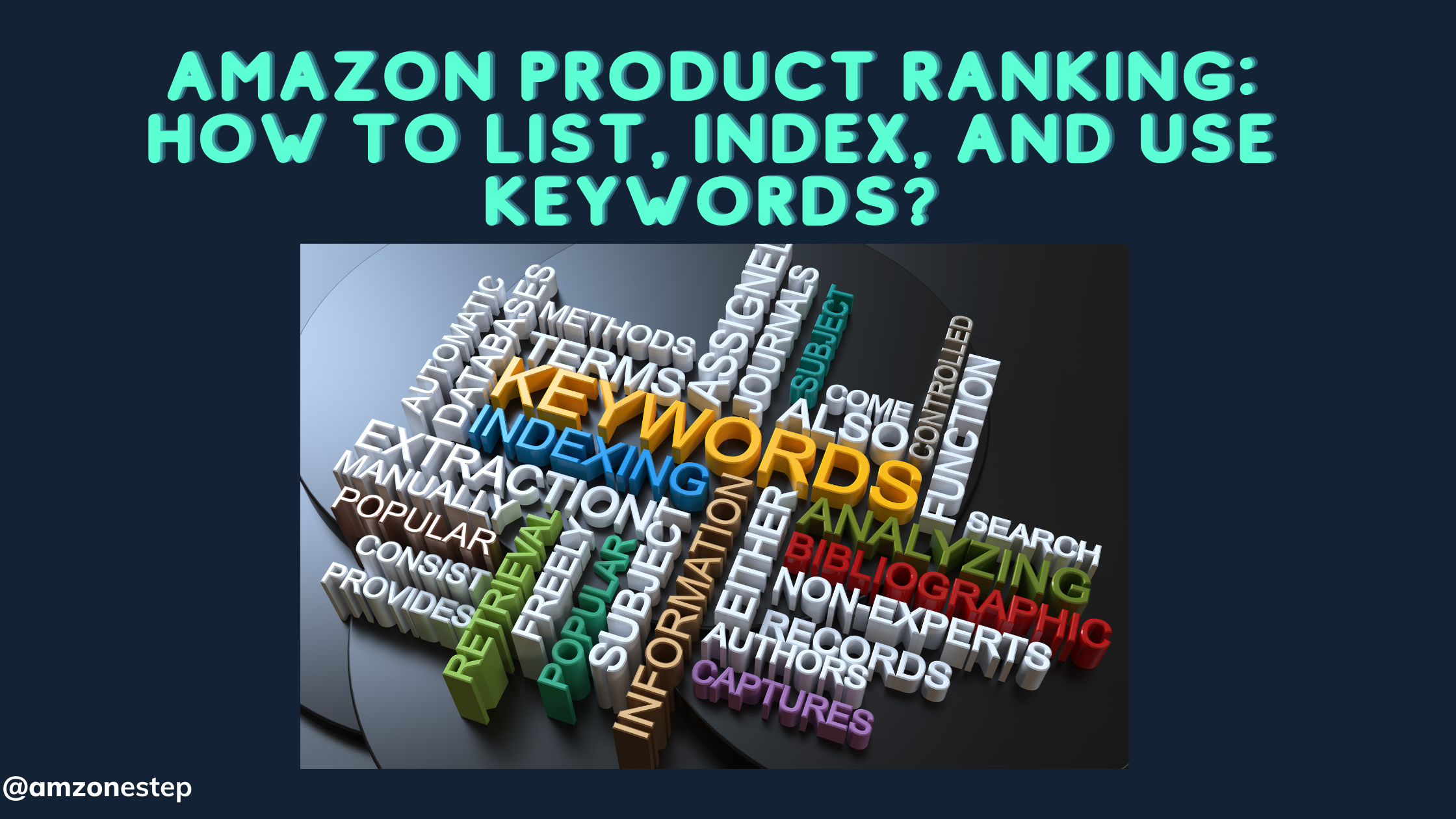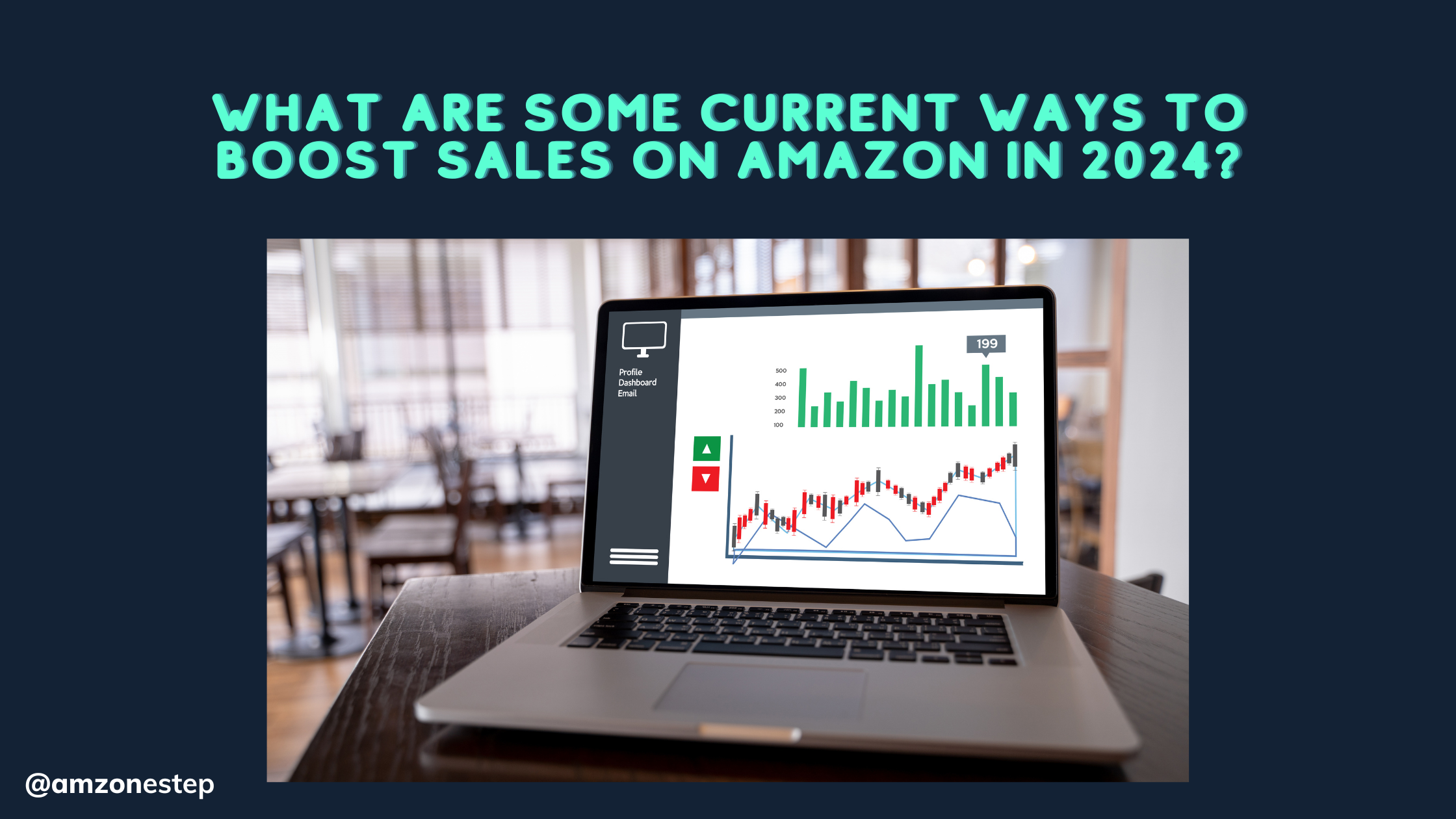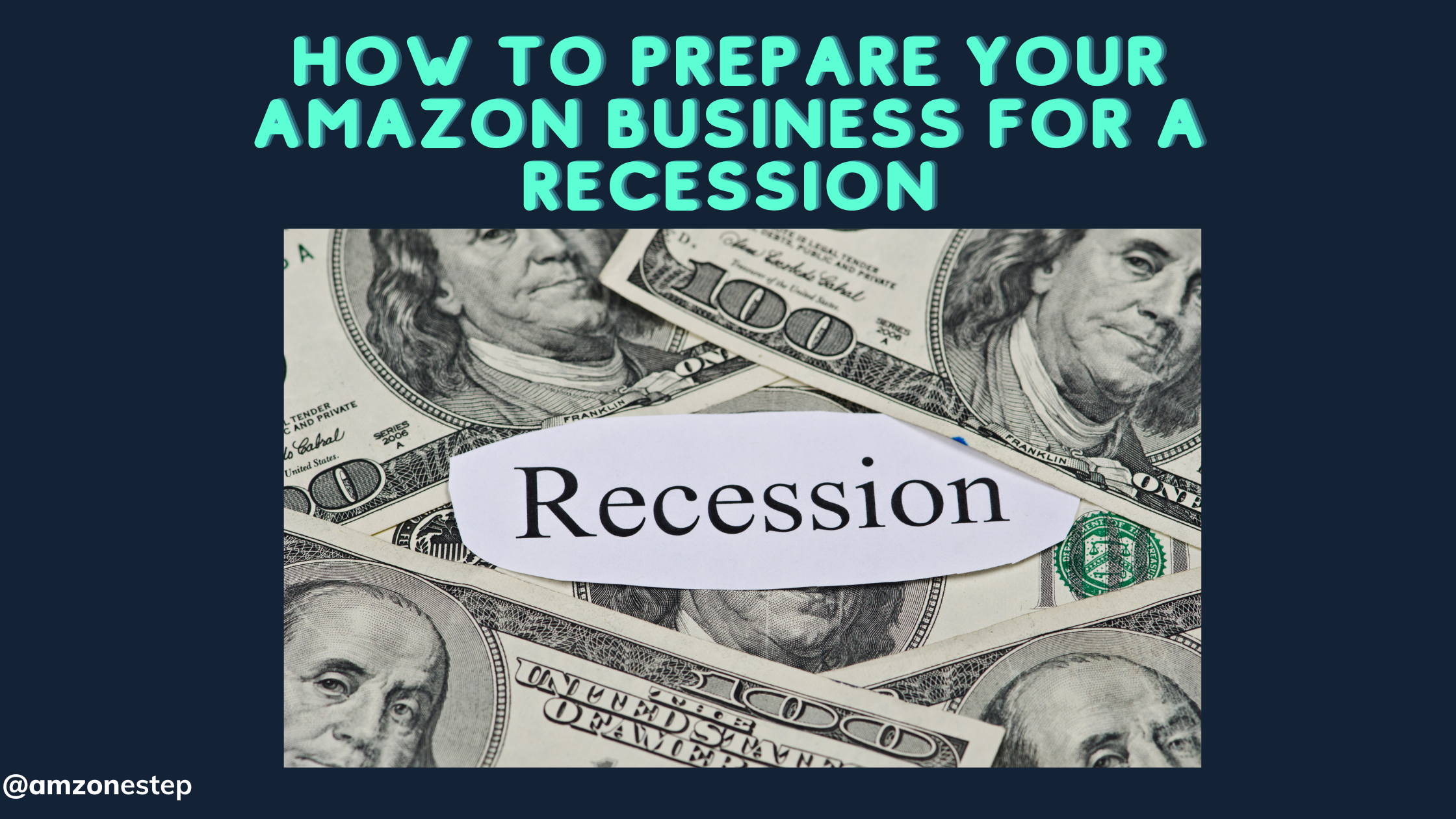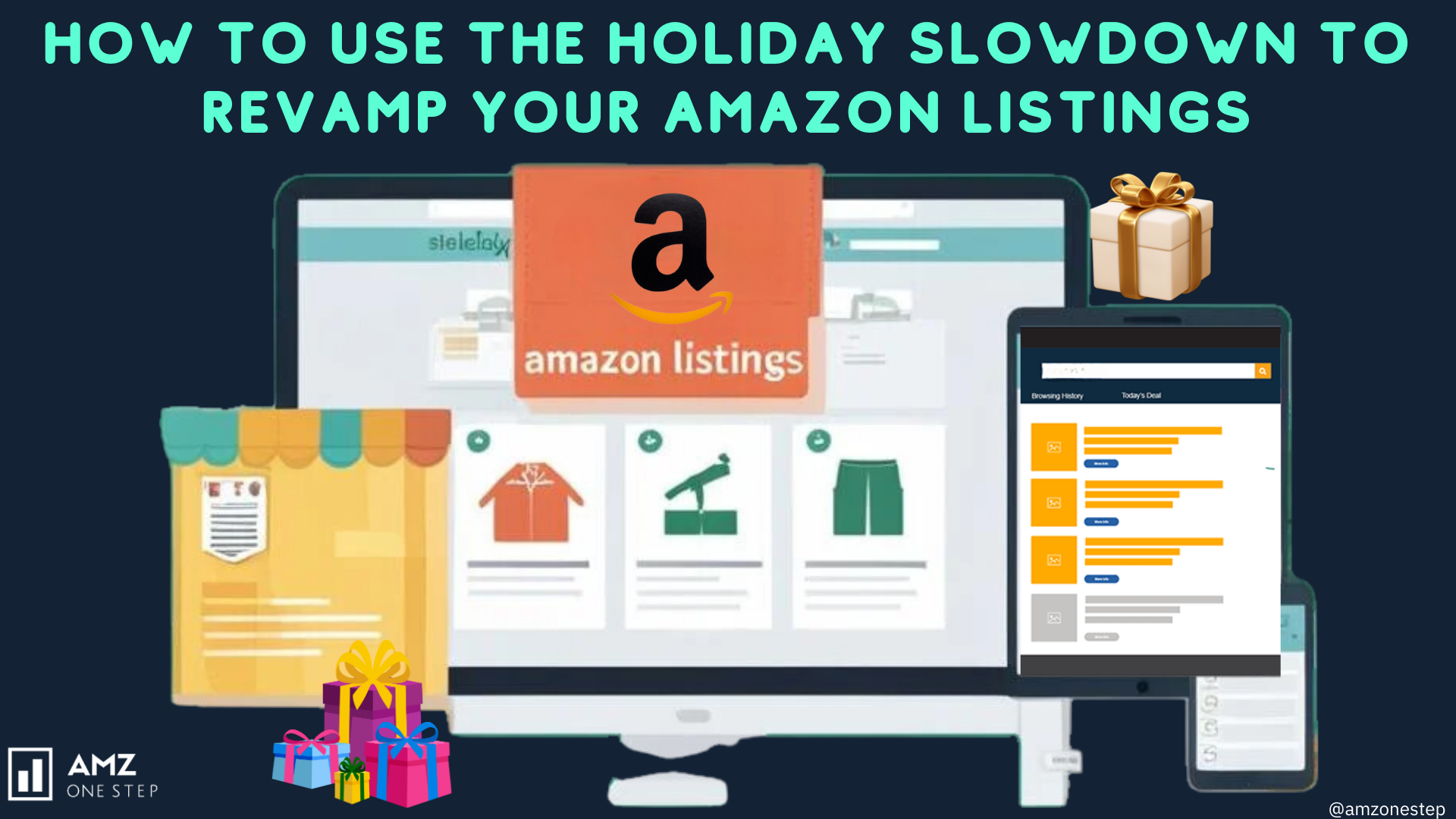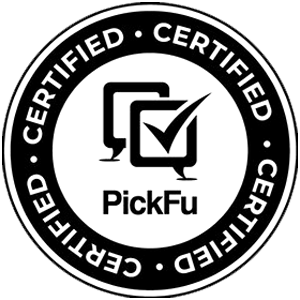Becoming an Amazon seller involves multiple crucial aspects, and optimizing your product visibility through Amazon PPC (Pay-Per-Click) advertising is undeniably important.
Effective PPC campaigns can significantly boost your sales and brand awareness, placing your products in front of a targeted audience actively searching for relevant items.
However, for new sellers, navigating the intricacies of PPC, from keyword research to campaign optimization, can seem daunting.
What is Amazon PPC?
Amazon PPC allows sellers to display advertisements for their products on Amazon’s search results pages and product detail pages.
These ads appear when potential customers search for relevant keywords.
By strategically bidding on keywords and crafting compelling ad copy, you can increase the chances of your products reaching the right audience at the right time.
Sellers can choose between manual and automatic bidding strategies. Manual bidding allows sellers to set their own maximum bid for each keyword, while automatic bidding strategies use algorithms to adjust bids based on predefined goals and budgets.
Maximizing the ROI with Effective PPC Strategies
To maximize your return on investment (ROI) with Amazon PPC, here are the key strategies to consider:
Keyword Research
Conduct thorough keyword research to identify relevant search terms with high conversion potential.
Tools like Amazon Seller Central’s keyword research tool and third-party services like Jungle Scout, Helium 10, and MerchantWords can be valuable resources.
Focus on a mix of broad and long-tail keywords. Broad keywords describe general product categories, while long-tail keywords are more specific and often have higher conversion rates because they target customers further along in the buying journey.
Use negative keywords to prevent your ads from appearing for irrelevant searches that won’t convert into sales.
Targeted Ad Groups
Organize your PPC campaigns into targeted ad groups based on specific product categories or themes. This allows you to tailor your bids and ad copy to highly relevant keywords.
For example, if you sell athletic wear, you might create separate ad groups for running shoes, yoga apparel, and athletic accessories.
Ad Copy
Craft clear, concise, and persuasive ad copy that highlights the unique selling points of your products and entices customers to click.
Use strong action verbs and focus on the benefits your products offer to customers.
Bidding Strategies
There are multiple bidding strategies available on Amazon PPC, such as manual and automatic bidding.
Experiment with different strategies to find the one that best suits your goals and budget.
Manual bidding offers more control, while automotive bidding can be a time-saver, especially for beginners.
Campaign Monitoring and Optimization
Continuously monitor your PPC campaign performance through metrics like impressions, clicks, conversion rate3s, and Advertising Cost of Sales (ACoS).
Analyze this data regularly and make adjustments to your keywords. Bids, and ad copy to optimize performance.
Look for keywords with a high cost per click (CPC) but low conversion rate and consider pausing or lowering your bid for those terms.
Conversely, identify high-performing keywords with a good conversion rate and consider increasing your bid to ensure your ads appear for those searches.
Seamless and Efficient Logistics
Effective advertising campaigns are essential for attracting customers to your Amazon FBA listings.
However, a seamless and efficient logistics operation forms the backbone of a successful business. It ensures that customer orders are fulfilled promptly and accurately fostering high satisfaction and repeat business.
Timely Deliveries
A well-developed logistics network ensures your products are delivered to Amazon fulfillment centers swiftly, minimizing stockouts and enabling prompt order fulfillment.
This translates into satisfied customers who are more likely to leave positive reviews and become repeat buyers.
Cost Optimization
Logistics costs can represent a significant portion of a business’s overall expenditures.
An optimized logistics operation emphasizes cost-effectiveness. Striking the right balance between fast and affordable shipping options can significantly impact your profitability.
Partnering with a logistics provider that offers a variety of shipping methods, such as air freight for urgent deliveries and ocean freight for bulkier items, offers you the opportunity to select the most cost-effective option for each shipment.
Inventory Management Efficiency
Efficient logistics operations go hand-in-hand with streamlined inventory management.
Understanding lead times and maintaining clear visibility into your inventory levels allows you to uphold optimal stock levels at Amazon fulfillment centers.
This reduces the risk of stockouts or excess inventory, both of which can negatively impact your bottom line.
Read more: What is 3PL?
Transparency and Trust
Customers appreciate real-time visibility into the whereabouts of their orders. A seamless logistics operation incorporates robust shipment tracking systems, allowing customers to effortlessly monitor the progress of their purchases.
This transparency fosters trust and reduces customer service inquiries related to delivery status.
Risk Mitigation
There are proactive measures to be taken in order to mitigate delays or disruptions:
Shipping Routes
Relying solely on a single shipping route exposes your products to potential delays caused by weather events, infrastructure issues, or unforeseen logistical challenges.
Partnering with a logistics provider that offers a variety of routes allows you to reroute shipments if necessary, minimizing the impact of unforeseen disruptions.
Contingency Plans
Even the most meticulous plans can encounter unforeseen issues.
Developing contingency plans allows you to react swiftly and efficiently when delays or disruptions happen.
This might involve having backup suppliers or carriers in place, or establishing protocols for communicating effectively with customers about potential delays.
Insurance Coverage
Securing adequate insurance coverage protects your investment in the event of lost, damaged, or stolen goods during transit.
Work with your logistics provider to ensure your insurance coverage aligns with the value of your products and the potential risks associated with your chosen shipping methods.
How to Choose the Right Logistics Provider

Evaluate the logistics provider’s service portfolio to ensure they offer the solutions you require. Look for a provider with a comprehensive range of services, including:
- Multimodal shipping options (air freight, ocean freight, trucking)
- Warehousing and fulfillment solutions
- Customs clearance expertise
- Real-time shipment tracking capabilities
Partnering with a logistics provider with a proven track record in e-commerce fulfillment is essential. Research the provider’s experience in handling products similar to yours and their reputation for reliability and customer service.
Look for online reviews and testimonials from other businesses to gain insights into the provider’s performance.
Scalability
As your Amazon FBA business grows, your logistics needs will evolve. Choose a provider with the infrastructure and capabilities to scale alongside your business.
Discuss your growth projections with potential logistics partners and ensure they can accommodate your future needs.
Cost Structure
Logistics costs can significantly impact your profitability. Obtain quotes from several providers and compare their pricing structures.
Consider not just the upfront costs of shipping, but also potential hidden fees like storage charges or fuel surcharges.
Effective communication is essential in building a successful partnership with your best logistics provider. Choose a provider that prioritizes clear and consistent communication, keeping you informed about shipment status, potential delays, and any other relevant updates.

Hi there! I’m the content marketing and branding specialist for AMZ One Step. I work hard to create engaging and informative content that helps our readers learn more about Amazon selling and how to make the most of their businesses. I love spending time with my family and exploring literary works when I’m not writing or working on projects.

